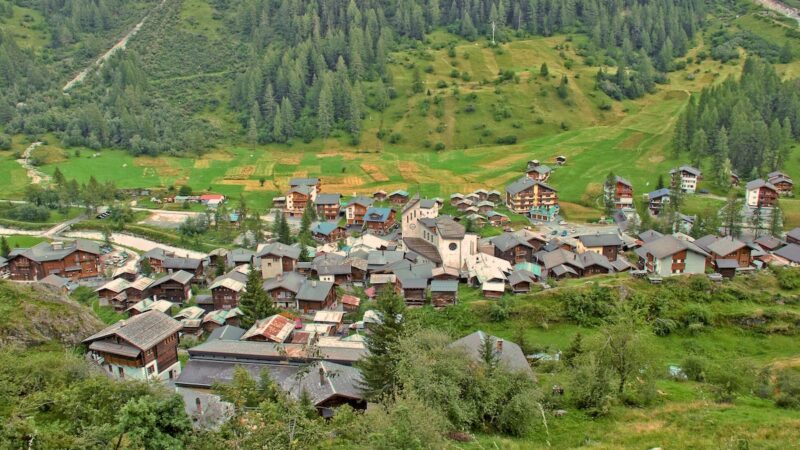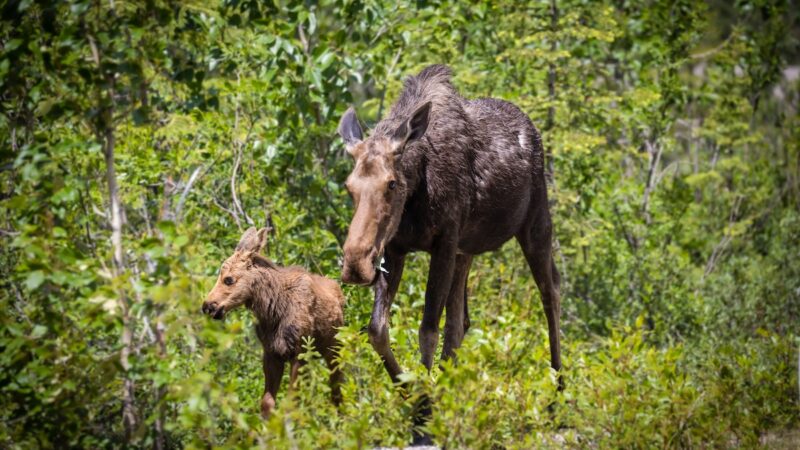How Bear Grylls Finds Water in the Desert
Bear Grylls has spent time in many of the world’s hottest deserts, and he’s figured out some, er, creative ways to find water—remember that time he squeezed it from some camel dung? Thankfully, he also knows some more conventional ways to find water.
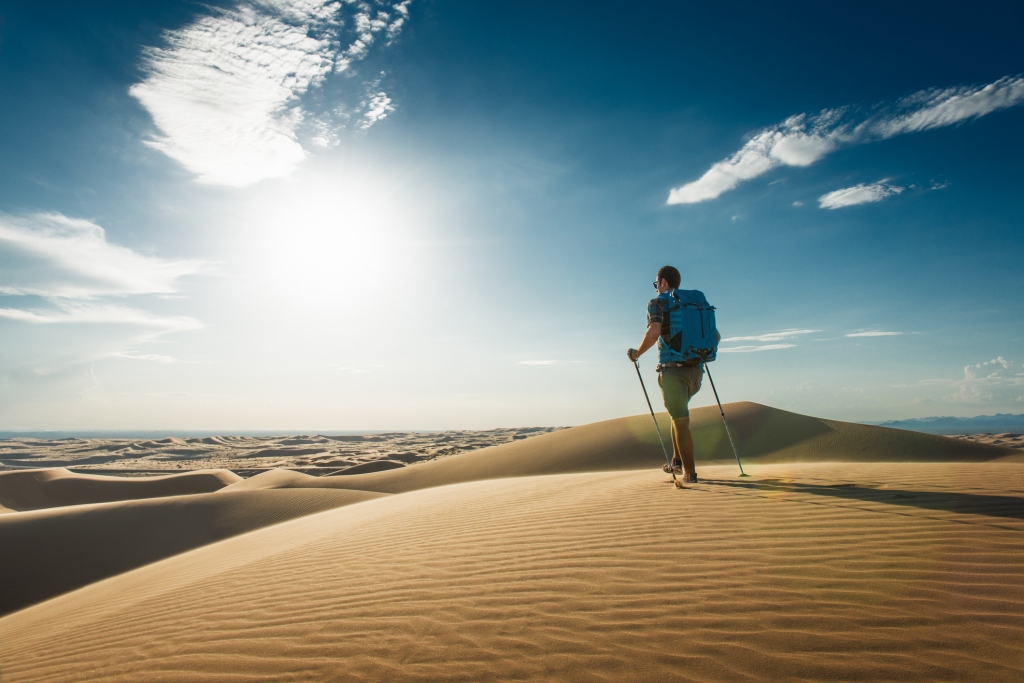
Understand the risks
If you become lost in the desert, dehydration is one of the main dangers. You can survive up to three weeks without food, but only around three days without water, and being in an environment like a hot desert will shorten that even more. You’ll lose body fluids at a high rate—around a liter of water per hour—and there’s slim chance of finding enough water to replace it.
“Search-and-rescue teams I have worked with in Utah have a motto for what happens when you are caught in the desert without water – ‘down in 12 hours, dead in 24,’” says Bear in Born Survivor. “Don’t let it be you.”
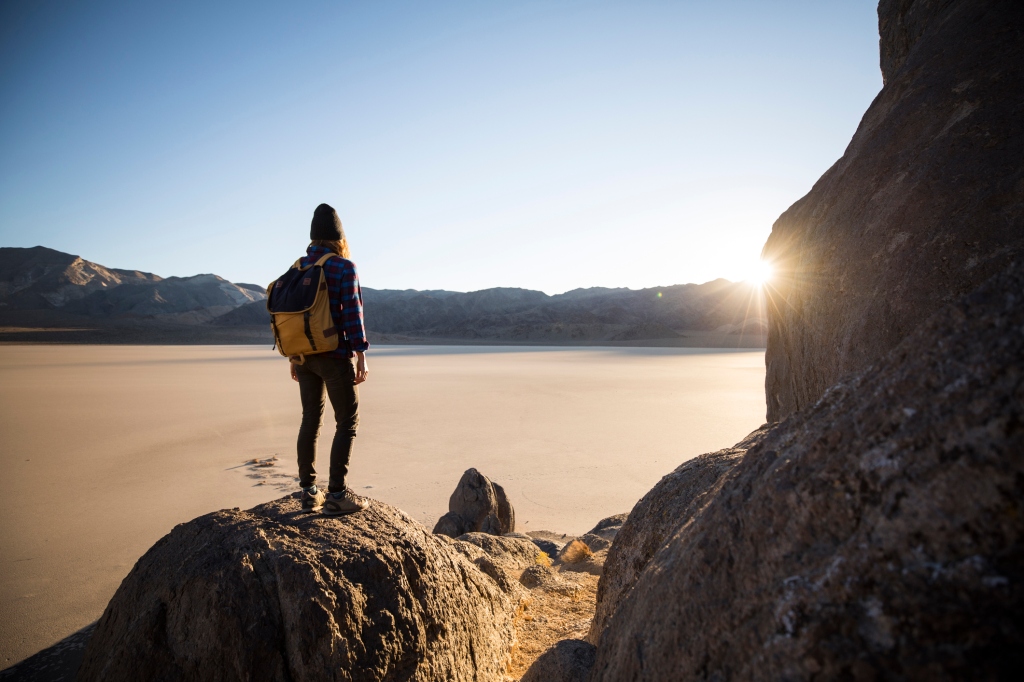
Conserve energy
If you’re just resting in the shade, in desert temperatures of more than 84°F, you need to intake around 4.5 liters of water—that’s over a gallon per day. If the temperature is higher, or you’re hiking, you need up to 13.5 liters, or 3.5 gallons. The chances of finding this amount are low, so you must preserve what you have, find shade and minimize your exertion.
ID possible water sources
If you must travel, keep your eye out for signs of water, scanning the surrounding desert before you set off.
“The trained eye can often locate signs of water from a distance,” says Bear. “An educated guess is always far better than a blind stagger.”
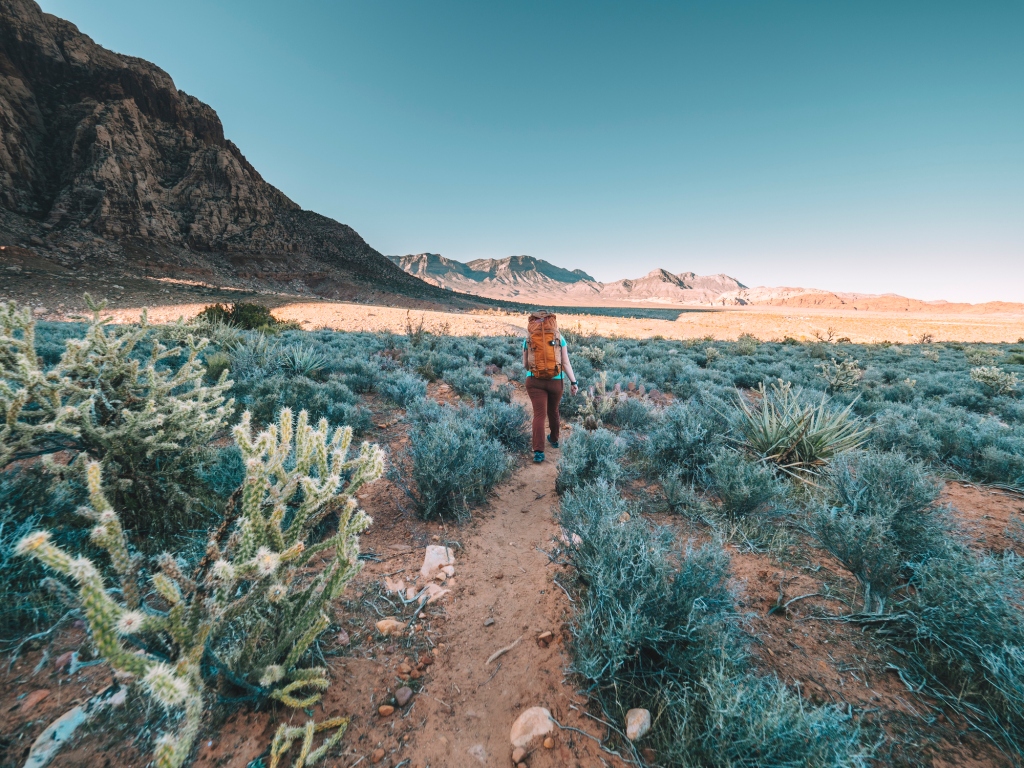
Vegetation
Desert plants such as bushes or cacti always stand out in the dry landscape of a desert. It doesn’t guarantee water, but it means that there is—or was—some moisture within 18 inches of the surface.
“Desert plants are getting their water from somewhere,” says Bear in How to Stay Alive. “Their roots will show you where to dig,”
The cactus is often thought of as a source of water, but should be a last resort. It’s hard to figure out what ones aren’t poisonous or going to make you vomit. Instead, look to the bottom of the leaf stalks of agave plants where water often collects. Trees like the baobab, desert-oak and paperbark trees collect water under the bark, which can be siphoned off.

Birds, animals and insects
Animals tend to return to the same water source every day, so if you see a place where animal tracks cross or animal trails join together, or even lots of animal excrement, that might indicate a source of water is near. Most critters like to drink in the early morning or evening, so if you see a large movement of animals at either time of day, that might also lead you to drinking water. Similarly a flock of birds flying overhead may be heading to water. Finally, bees like to stay within a half-mile of water, as so do flies and mosquitoes.
Look downhill
Water follows gravity, so wherever rain falls it will run downhill. Look for pooling water in valleys, riverbeds, canyons and at the bases of rock formations. Rain can lie in rocky pools, or shaded hollows in sandstone.
If you find a dried-out river bed, you can try to dig a water hole.
“Don’t do this in the heat of the day,” says Bear. “You’ll lose loads of fluid in sweat, and might not even find any to replace it.”
The lowest point of the outside bend of the river is the best place to dig.
“Dig down at the lowest point no more than one and a half feet,” says Bear. “Any more and you will be likely to be wasting your time.”
Remember that as desert water is so scarce that it’s often polluted so make sure to filter and purify it before you drink it.
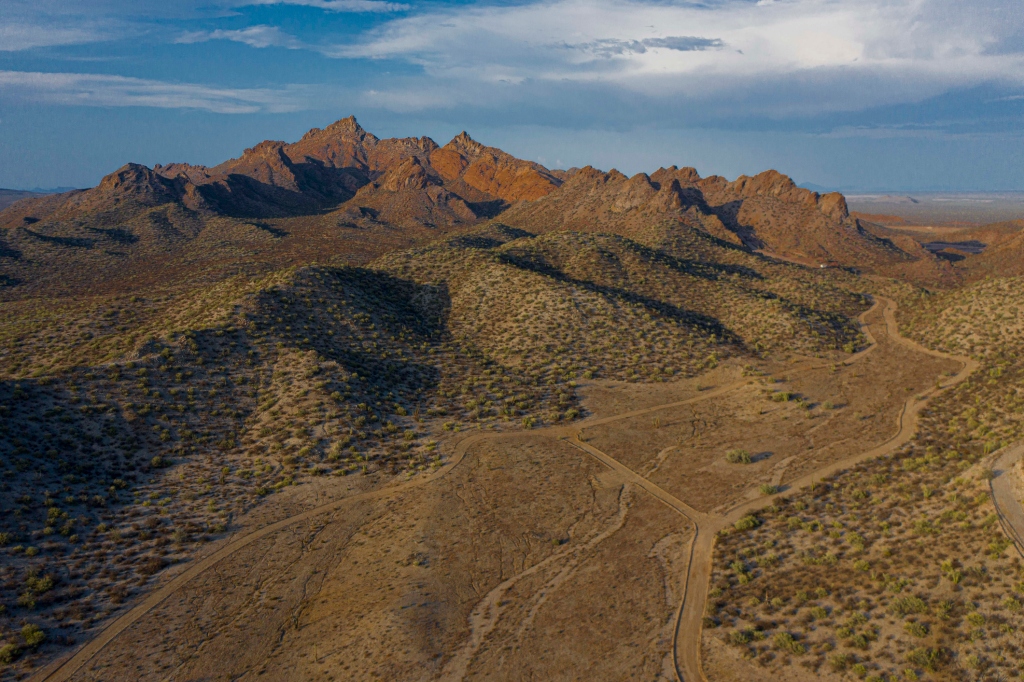
Utilize condensation
You can also get water by collecting condensation, even in a very dry environment. You can condense water using a solar or desert still if you have water containers and plastic sheeting.
“It’s also possible to gather dew and condensation by spreading out tarps, sheets of plastic or any bits of metal you have,” says Bear in How to Stay Alive. “Do this overnight, and lick off any dew you find in the early morning.”
Source: https://outdoors.com/how-bear-grylls-finds-water-in-the-desert/



